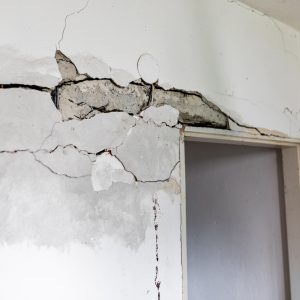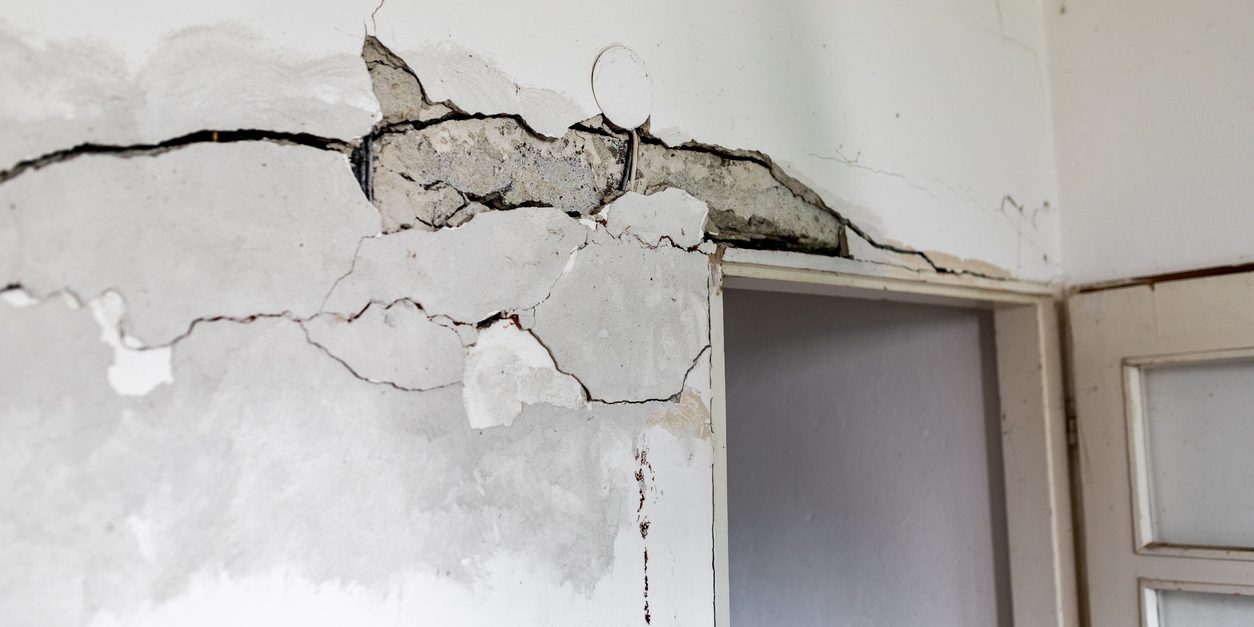
Construction defect lawsuits, a constant presence in the building industry, are on the rise, and legal observers expect the trend to continue over the next few years.
There are several factors driving the increase, including a continuing construction industry labor shortage, contractors working on tight schedules to rebuild properties in areas devastated by natural disasters and growing high-dollar court judgments.
Since insurance coverage for construction defect claims is not iron-clad, it’s important for construction firms, contractors, architects, engineers and even material suppliers to understand the drivers behind this trend.
Why defect claims are increasing
Skilled labor shortage — The construction industry has faced a sustained shortage of skilled workers for more than a decade, with recent estimates showing a gap of roughly 500,000 workers nationwide. According to Seyfarth Shaw’s 2025 Commercial Litigation Outlook, 30% to 40% of the construction workforce is made up of immigrants, and a significant portion is undocumented. Immigration policy shifts and the long-term difficulty in attracting new workers to the trades have kept the talent pipeline thin.
A smaller labor pool increases the likelihood of errors, substandard workmanship and oversights that later become the basis for defect claims.
Urgency in post-disaster rebuilding — Natural disasters such as hurricanes and wildfires are another factor driving defect risk. Rebuilding efforts after disasters have sometimes involved loosening or waiving certain permit and inspection requirements to speed up construction.
These measures can increase the risk of workmanship or design issues that later surface as legal disputes.
More complex and higher-value projects — In many markets, builders are taking on increasingly complex projects, from high-end custom homes valued at tens of millions to major medical facilities and infrastructure projects.
Larger budgets and intricate designs often mean more stakeholders, more specialized materials and more potential points of failure.
Litigation dynamics and ‘nuclear verdicts’ — Plaintiff attorneys are increasingly filing defect claims as close as possible to the statute of limitations, typically up to 10 years after project completion.
At the same time, the growing number of multi-million-dollar verdicts is pushing jury awards higher, particularly when property damage or perceived negligence is involved. This trend is making construction defect cases more attractive to plaintiffs’ firms.
Examples of recent construction defect verdicts
- A Chester County, PA jury rendered a verdict in favor of three homeowners, finding that the builder’s negligence resulted in construction defects and water damage to their homes. Jury award: $3.3 million.
- A condo association in Maryland was awarded $5.6 million due to faulty construction by Ryan Homes.
The insurance gap
There is no single insurance policy that specifically covers construction defects. While certain policies may respond to related losses, coverage is often limited and dependent on the circumstances:
- Commercial general liability — May provide coverage if the defect results in property damage or bodily injury, often through the products-completed operations portion of the policy.
- Builder’s risk — Protects a project during construction but generally does not respond after completion unless the defect arises and is addressed before handover.
- Professional liability — Covers architects, engineers and design professionals for claims stemming from design errors or professional negligence.
Many defects — especially those related solely to poor workmanship without resulting property damage — may fall outside these policies. That leaves builders and contractors exposed to significant out-of-pocket costs for remediation and legal defense.
What industry professionals can do
With litigation pressure building, contractors should consider:
- Tightening quality control — Implement formal inspection and sign-off processes at every stage of construction.
- Vetting subcontractors thoroughly — Require proof of adequate insurance and consider naming them as additional insureds.
- Documenting everything — Maintain detailed records of design changes, materials used, inspections and client approvals.
- Reviewing insurance programs — Work with us to identify gaps in coverage, confirm policy terms and explore endorsements or additional limits where possible.
- Planning for the long tail — Be aware of statutes of limitations and understand that claims may surface years after completion.


